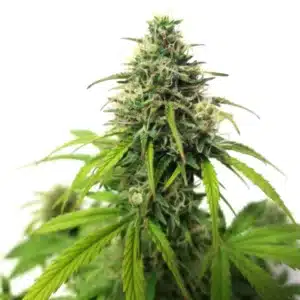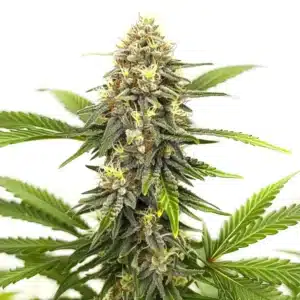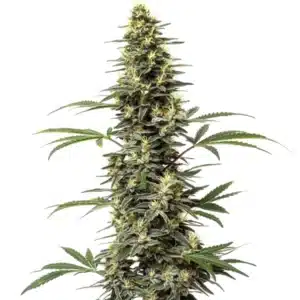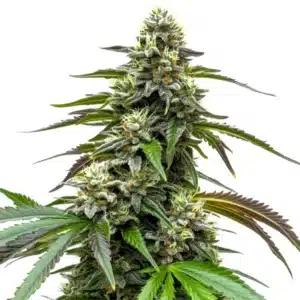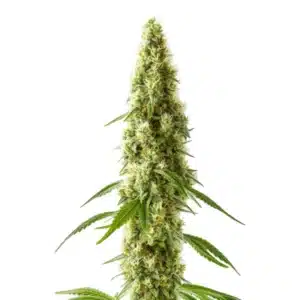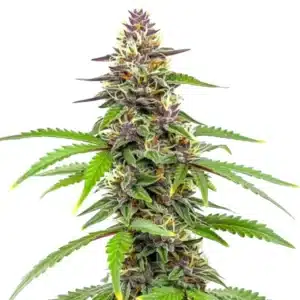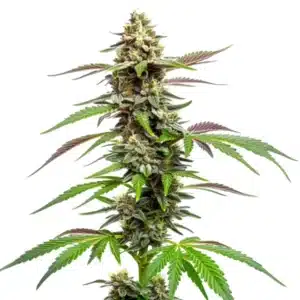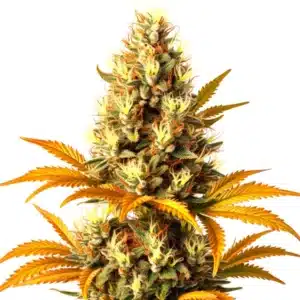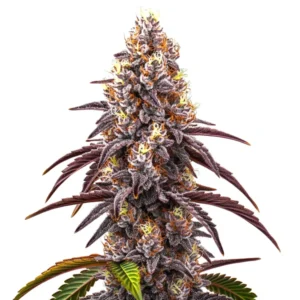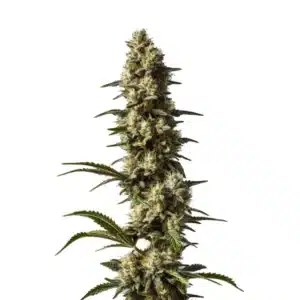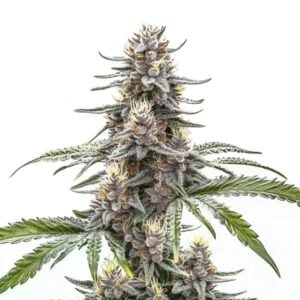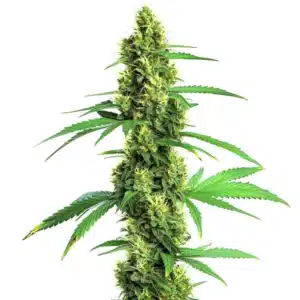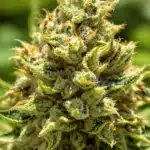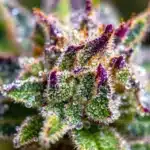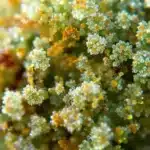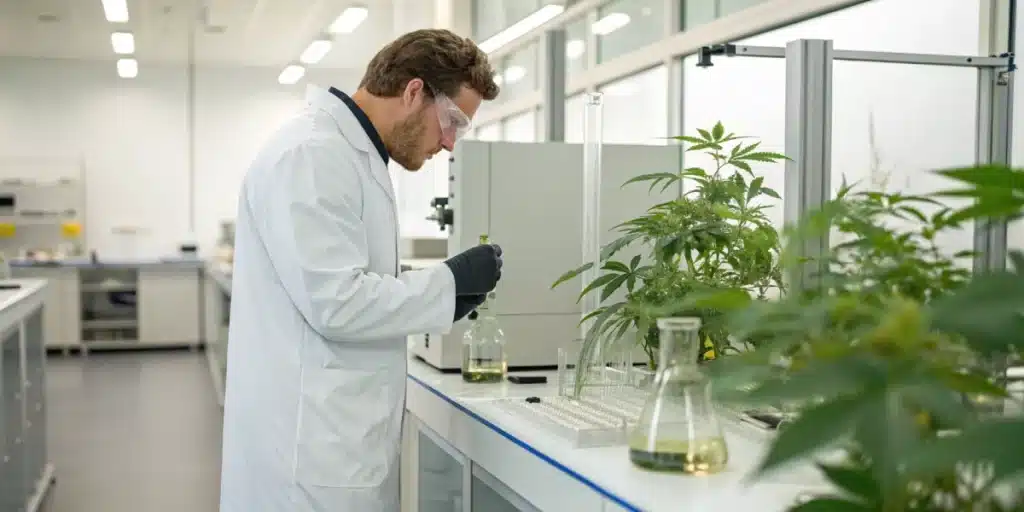
Realizing THC-P and Protecting Plants
Knowing THC-P
Definition of THC-P
THC-P, short for Tetrahydrocannabiphorol, has emerged as an intriguing cannabinoid that is capturing the attention of cannabis enthusiasts and researchers alike. This compound is part of the extensive family of cannabinoids, which also includes the more commonly known THC and CBD. Unlike its better-known cousins, THC-P is a relatively recent discovery, found in the cannabis plant in trace amounts. Its unique properties and potential impact on the human body make it a topic of interest in the ongoing exploration of cannabis science.
The key distinction of THC-P lies in its molecular structure, which includes a longer alkyl side chain compared to THC. This structural variance could potentially make THC-P bind more effectively to the body’s CB1 receptors, which are primarily responsible for the psychoactive effects of cannabinoids. Researchers are actively studying THC-P to understand its full range of effects and potential therapeutic benefits, setting the stage for new discoveries in the cannabis landscape.
Recommended Strains
AK Auto
|
|
THC | 16% - 18% (Medium) |
|
|
Type | Autoflowering |
|
|
Yield | Medium |
|
|
Phenotype | 35% Indica / 65% Sativa |
Afghan Hash Plant Regular
|
|
THC | 18% - 22% (Medium) |
|
|
Type | Regular |
|
|
Yield | Medium |
|
|
Phenotype | 90% Indica / 10% Sativa |
Key Characteristics of THC-P
One of the most remarkable characteristics of THC-P is its heightened affinity for CB1 receptors in the brain. Preliminary studies suggest that it could be up to 30 times more potent than THC, although its actual psychoactive effects in humans are still being investigated. This increased potency might result in more intense experiences for users, making dosage and consumption methods crucial factors to consider. As with other potent cannabinoids, responsible use is essential to avoid potential adverse effects.
Beyond its potency, THC-P’s potential therapeutic applications are a subject of growing interest. Early research indicates that it may offer benefits similar to THC, such as pain relief, appetite stimulation, and mood enhancement, but with potentially greater efficacy. As scientists delve deeper into the properties of THC-P, it could pave the way for new cannabis-based treatments, particularly for individuals who do not respond well to traditional THC or CBD therapies. However, more comprehensive studies are needed to substantiate these claims and ensure safe usage.
Promos & Deals
Chemical Structure and Effects
Molecular Profile of THC-P
The molecular profile of THC-P is what sets it apart from other cannabinoids. It features an elongated seven-carbon alkyl chain, as opposed to the five-carbon chain found in THC. This modification is believed to enhance THC-P’s binding affinity to cannabinoid receptors, particularly CB1, which could explain its increased potency. The exact implications of this molecular difference are still under investigation, but it highlights the complexity and diversity of cannabinoids within the cannabis plant.
Understanding the molecular intricacies of THC-P is crucial for researchers aiming to harness its potential benefits. The longer alkyl chain may also influence how THC-P is metabolized by the body, possibly leading to different onset times and durations of effect compared to THC. As the scientific community continues to study cannabinoids like THC-P, these molecular insights could lead to the development of more targeted and effective cannabis-based therapies.
Physiological Effects on the Body
When it comes to physiological effects, THC-P appears to share similarities with THC, but with a potentially heightened impact. Users may experience stronger psychoactive effects due to THC-P’s greater potency, which could translate to intensified euphoria, altered perception, and enhanced sensory experiences. However, these effects are still being studied, and individual responses can vary based on factors such as dosage, tolerance, and personal body chemistry.
In addition to its psychoactive properties, THC-P may also offer therapeutic benefits akin to those of THC. These could include analgesic effects, anti-inflammatory properties, and appetite stimulation. While the potential for enhanced therapeutic outcomes is exciting, it also underscores the need for careful consideration of dosage and consumption methods. As with any potent cannabinoid, starting with a low dose and gradually increasing as needed is advisable to minimize the risk of adverse effects.
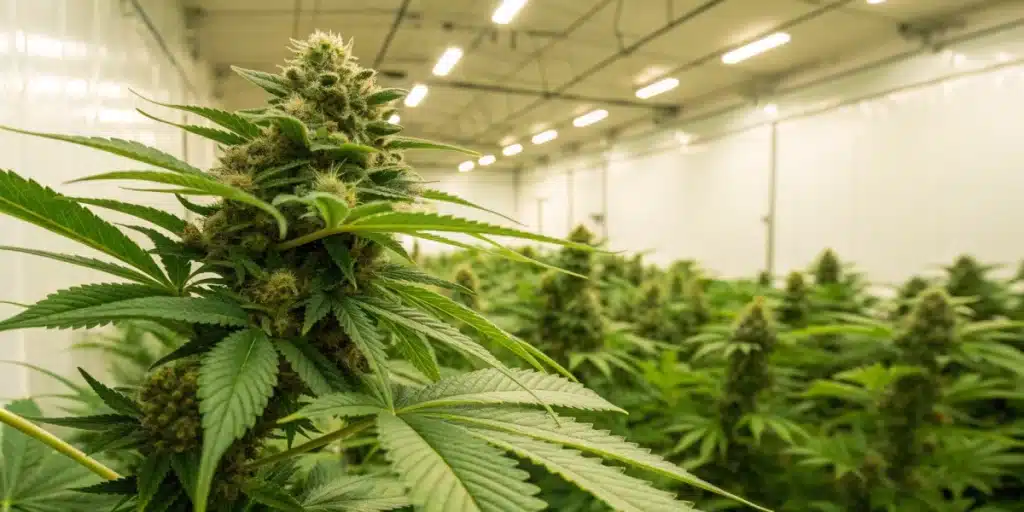
Legality and Usage of THC-P
Legal Status in Different Regions
The legal status of THC-P varies significantly across different regions, reflecting the complex and evolving nature of cannabis legislation worldwide. In some areas, THC-P may fall under the same regulatory framework as THC, particularly in regions where cannabis is legal for medical or recreational use. However, due to its recent discovery and limited availability, many jurisdictions have not yet addressed THC-P specifically in their legal codes.
In regions where cannabis remains illegal, THC-P is likely considered a controlled substance, making its possession and use subject to legal penalties. As the cannabis industry and scientific community continue to shed light on THC-P’s properties and potential benefits, it is possible that legislative bodies will revisit and revise their regulations. For those interested in exploring THC-P, understanding the local legal landscape is essential to ensure compliance and avoid potential legal issues.
Common Consumption Methods
THC-P can be consumed using various methods, much like other cannabinoids. Common consumption methods include smoking or vaporizing cannabis strains containing higher levels of THC-P, as well as ingesting it through edibles, tinctures, and oils. Each method offers distinct advantages and considerations, such as onset time, duration of effects, and personal preferences.
For those new to THC-P, starting with a low dose and choosing a consumption method that allows for gradual titration is advisable. Smoking or vaporizing may provide more immediate effects, while edibles and tinctures offer longer-lasting experiences. As with any cannabinoid, individual responses to THC-P can vary, making experimentation and careful monitoring of one’s reactions key to finding the most suitable consumption method.
Comparison with Other Cannabinoids
THC-P vs. THC
When comparing THC-P to THC, the most notable difference lies in their potency. THC-P is potentially up to 30 times more potent than THC, which could lead to stronger psychoactive effects. This heightened potency is attributed to THC-P’s unique molecular structure, which allows it to bind more effectively to CB1 receptors in the brain. However, the full scope of THC-P’s effects is still under investigation, and individual experiences may vary.
In addition to potency, THC-P and THC may also differ in terms of therapeutic applications. While both cannabinoids offer similar benefits, such as pain relief and appetite stimulation, THC-P’s increased efficacy could make it a more attractive option for individuals who do not respond well to THC. As research into THC-P continues, its potential advantages over THC will become clearer, offering new avenues for cannabis-based treatments.
THC-P vs. CBD
THC-P and CBD differ significantly in their effects and applications. While THC-P is known for its potent psychoactive properties, CBD is non-psychoactive and primarily valued for its therapeutic benefits. CBD’s ability to modulate the body’s endocannabinoid system without inducing a “high” makes it a popular choice for individuals seeking relief from conditions such as anxiety, inflammation, and chronic pain.
In contrast, THC-P’s heightened potency and psychoactive effects may appeal to those seeking a more intense cannabis experience or who are exploring its potential therapeutic benefits. However, the distinct differences between THC-P and CBD highlight the importance of selecting the right cannabinoid based on individual needs and preferences. As the cannabis industry continues to evolve, the diverse range of cannabinoids available offers exciting possibilities for personalized medicine and wellness.
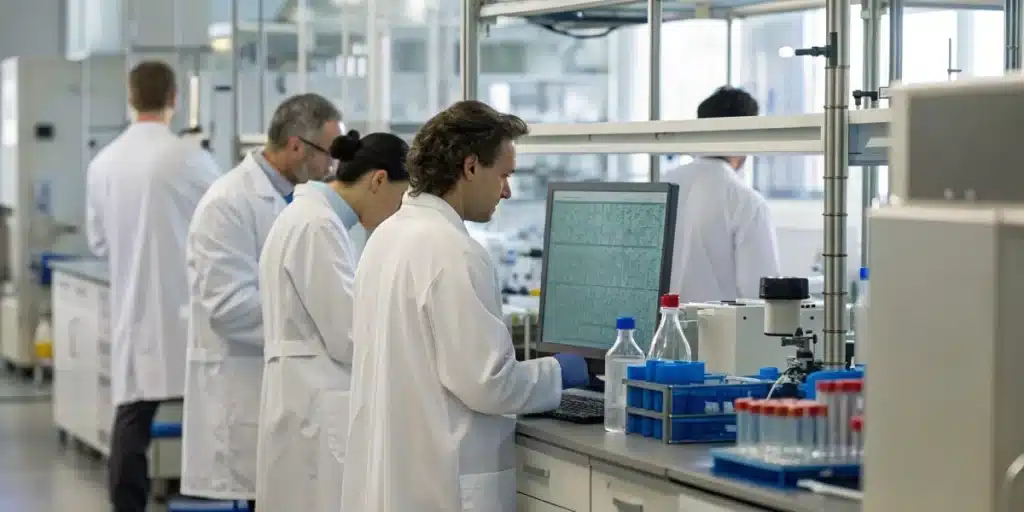
FAQs about what is THC-P
What is THC-P and how is it different from THC?
THC-P, or Tetrahydrocannabiphorol, is a recently discovered cannabinoid found in trace amounts within the cannabis plant. It differs from THC primarily in its molecular structure, featuring a longer alkyl side chain that may enhance its binding affinity to CB1 receptors. This structural variance could make THC-P up to 30 times more potent than THC, resulting in stronger psychoactive effects. However, the full extent of THC-P’s effects is still being studied, and individual responses may vary.
Is THC-P legal in most regions?
The legal status of THC-P varies across different regions, reflecting the complex and evolving nature of cannabis legislation. In some areas where cannabis is legal for medical or recreational use, THC-P may fall under the same regulatory framework as THC. However, many jurisdictions have not yet addressed THC-P specifically, given its recent discovery and limited availability. In regions where cannabis remains illegal, THC-P is likely considered a controlled substance. Understanding the local legal landscape is essential to ensure compliance and avoid potential legal issues.
What are common methods of consuming THC-P?
Common methods of consuming THC-P include smoking or vaporizing cannabis strains with higher levels of THC-P, as well as ingesting it through edibles, tinctures, and oils. Each method offers distinct advantages, such as onset time and duration of effects. For those new to THC-P, starting with a low dose and choosing a method that allows for gradual titration is advisable. Individual responses to THC-P can vary, so experimentation and careful monitoring of one’s reactions are key to finding the most suitable consumption method.


